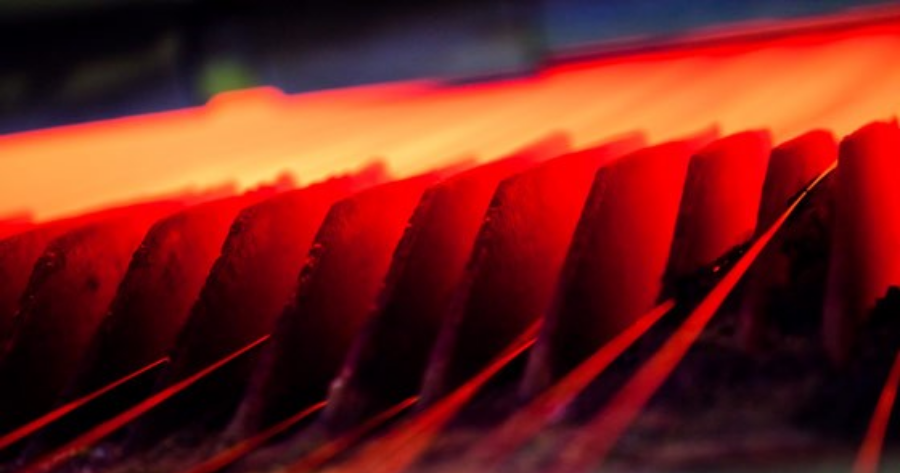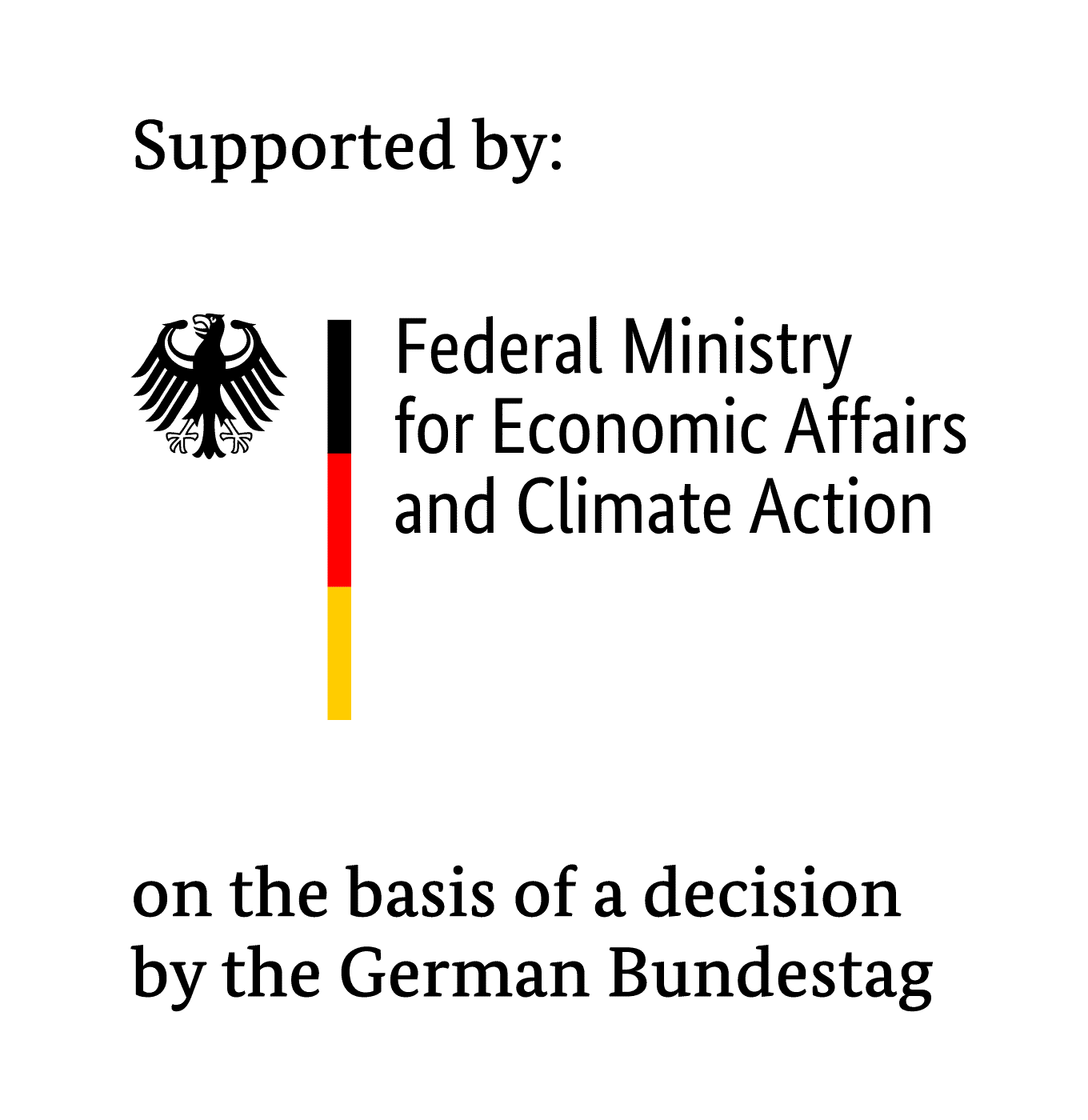PbFreePat: Process modelling of wire patenting in lead bath and evaluation of lead-free alternatives
Industrial Collective Research (IGF), 1 August 2022 to 31 October 2024
Project description
Within the project “PbFreePat”, the heat treatment of steel wire is investigated in depth. Steel wire is used in a variety of different products. Applications range from ropes or rope cores, tyre cord in tyres or pre-products for the manufacturing of screws, pins and springs. During the production of the products, the diameter of the wire is continuously reduced from the rolled wire to the final dimension through several drawing processes. In order to achieve large overall diameter reductions, a heat treatment is necessary between the individual drawing steps. This process stage is called patenting and ensures a fine-pearlitic structure in the wire. During this heat treatment, the wire is heated to an austenitisation temperature and then cooled. In order for the pearlitic structure in the wire to be completely formed, the cooling is followed by an isothermal holding phase. In the current state of the art, the cooling and the isothermal holding phase are realised with the help of molten lead. In addition to the cooling speed required for the material and a uniform holding phase, liquid lead above all enables a simple process in which up to 30 wires of different diameters can be treated in parallel. However, the use of lead in industrial processes is under discussion due to its toxicity.
The aim of the research project “PbFreePat” is therefore the evaluation of possible process alternatives for the substitution of lead in wire patenting, which is disadvantageous in terms of health as well as work and environmental safety.

Insight into a furnace for heating wires (Copyright: H. KÜNNE GmbH & Co. KG)
However, a solid evaluation is only possible with a detailed understanding of the current reference process. Therefore, the project includes the development of a process model that fully represents the state of the art in wire patenting. To ensure that the cooling in the lead bath is correctly modelled, it is planned to carry out a wide range of investigations to determine the heat transfer coefficient. For this purpose, a test rig for wire samples will be developed, with which the investigations can be carried out directly in the lead baths of industrial plants. In addition, drag measurements at industrial plants are planned in order to validate the process model.
Based on the developed process model, the key performance indicators (KPI) of the process will be determined, which will then be used to evaluate the possible process alternatives. Once the alternatives have been identified, their key performance indicators will be compared with each other and with the reference process in order to identify the technically and economically most suitable lead-free alternatives. At the end of the project, the developed process model will be provided to the participating industrial companies in order to enable a more energy-efficient and resource-conserving process management with the help of the knowledge gained.
Project goals
- Evaluation of the existing patenting process (including the determination of the heat transfer coefficients in the lead bath)
- Development of a process model to describe the wire patenting process
- Validation of the model on the basis of experimental test runs
- Identification of the relevant KPIs of wire patenting in the lead bath
- Determination, characterisation and evaluation of existing and future lead-free process alternatives
-
Contact

Funding

The project (project no. 22452 N/1) was submitted with the support of the Eisendraht- und Stahldraht-Vereinigung e.V. (ESV) via the Gemeinschaftsausschuss Kaltformgebung e.V. (GAK). It is funded via the German Federation of Industrial Research Associations „Otto von Guericke“ (AiF) in the program for Industrial Collective Research (IGF), initiated by the Federal Ministry for Economic Affairs and Climate Action due to a resolution of the German Bundestag.



